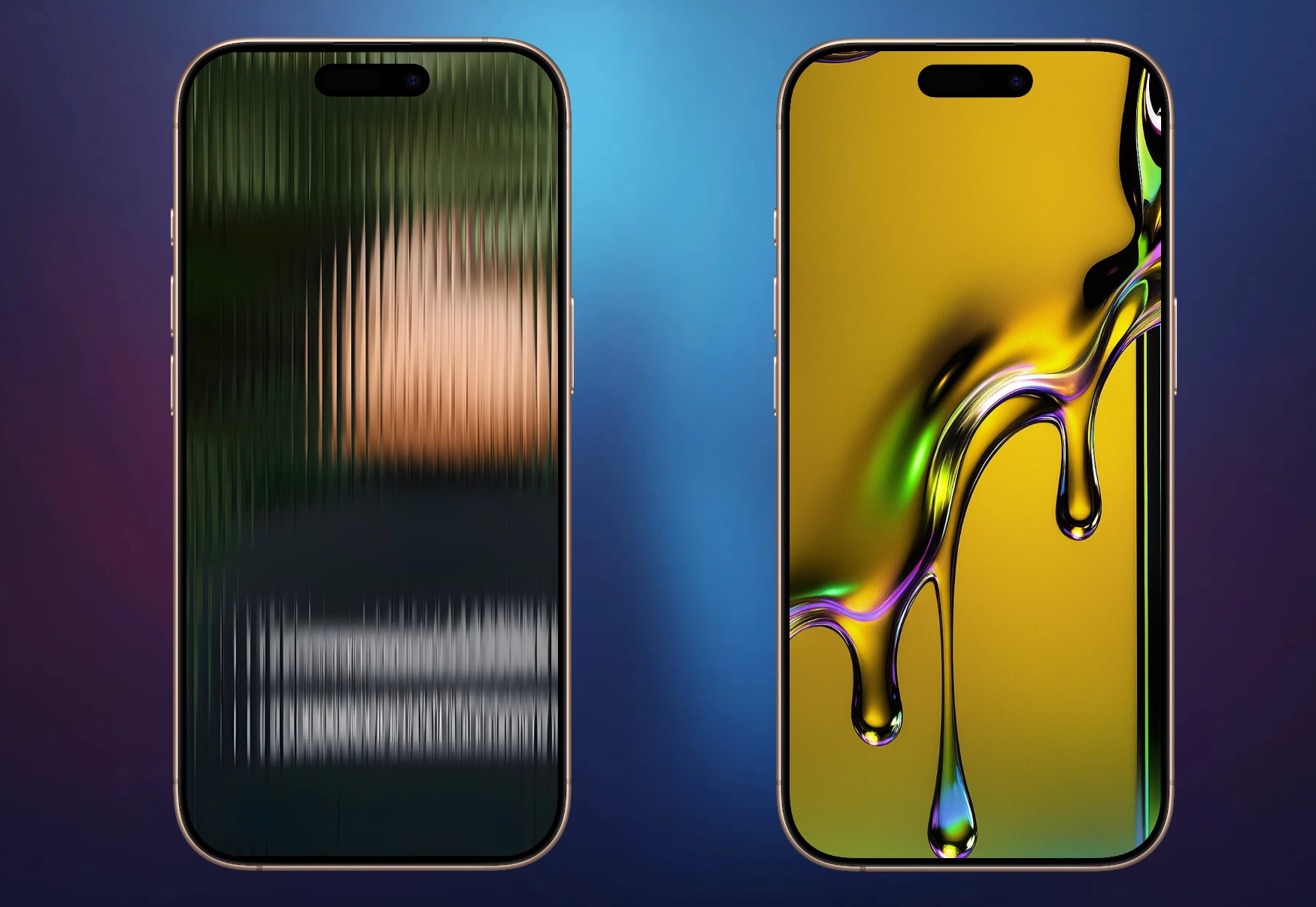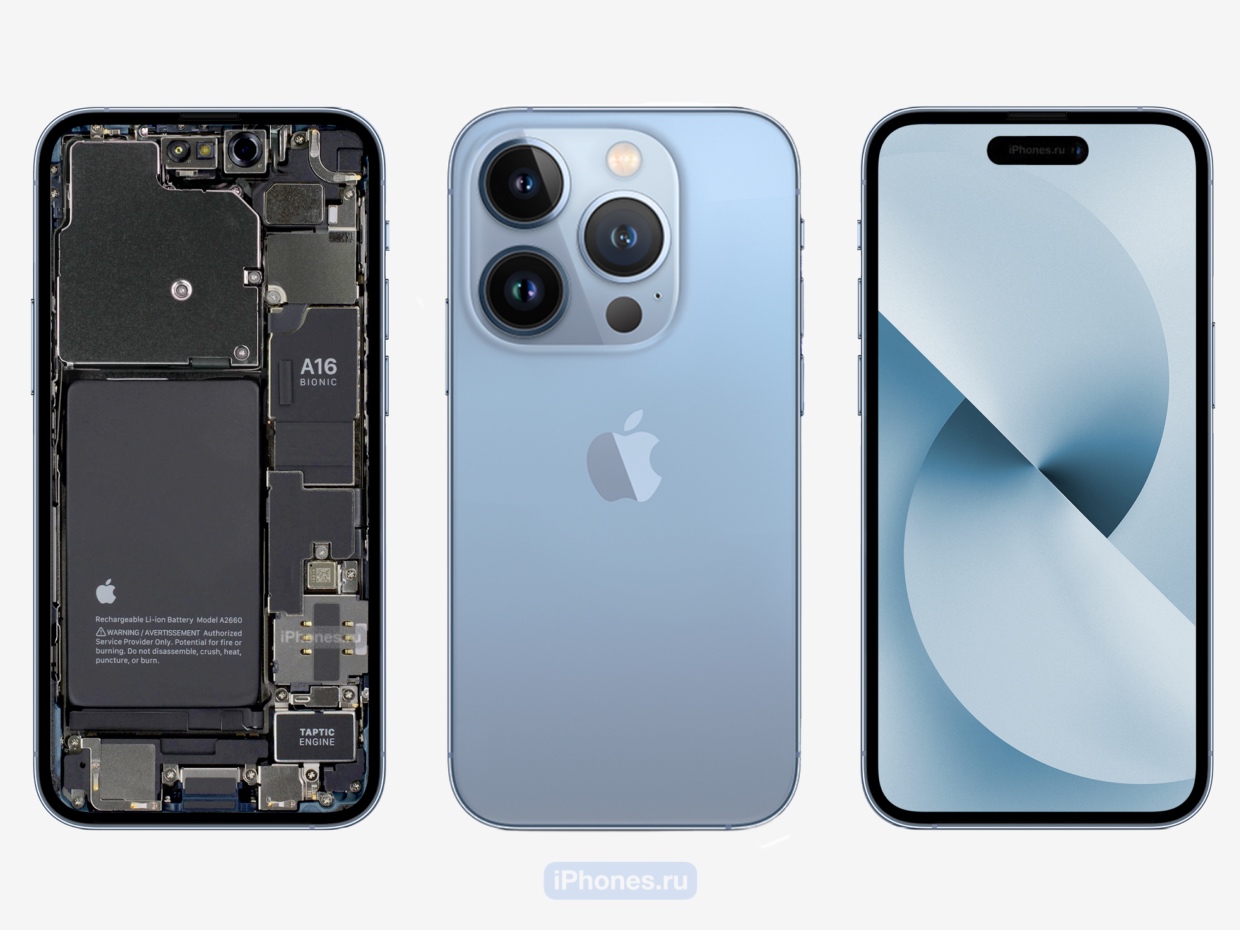The skin is the largest organ that protects us from external influences and points to the condition of the body. It consists of three layers: epidermis, dermis and hypoderma. The epidermis holds the upper layer, moisture and protects against external factors. Derma is responsible for flexibility thanks to collagen and elastin. Hypoderm provides depreciation and production of active substances. Skin loses moisture under the sun and destroys the ultraviolet preservative barrier, causes dehydration and reduces the ability to regenerate.
Tan is seen in the basal layer of the epidermis produced by melanocytes. This pigment protects the skin from ultraviolet radiation and gives a bronze color tone. Melanin is full of melanosomes rising to the upper layers of the skin during a few hours or days. So the tanning does not appear immediately. The density of tanning depends on the type of skin and the ratio of two types of melanin: eumlanin (brown) and feomlanin (pink-yellow).
The skin type determines how it reacts to the sun. People with a very bright -skinned (first type) do not sunbathe and easily burn due to feomlanin dominance. The second type of bright skin can lightly illuminate, but may be prone to burns. The middle (third) and olive (fourth) skin light types are better and the fifth type dark skin is easily tanned. These differences are associated with genetic and geographical origin.
The sun not only gives a tan, but also causes dehydration, destroys the lipid barrier of the epidermis. Ultraviolet reduces the pH of the skin that resembles the effect of acid peeling but weakens its protection. Collagen and elastin responsible for elasticity are destroyed under the influence of UV rays, so the skin loses turgor. Moisture loss is also associated with thermoregulation: skin emits moisture for cooling and the sebaceous glands produce more sebum. Drink damage, drink water, use sunscreen and wear natural clothes.
Cosmetics help to restore skin after the sun. Hyaluronic acid moisturizes, forms a protective film or penetrates the dermis depending on the size of the molecules. Niasinamide strengthens the skin barrier and adjusts the production of sebum and ceramide. Vitamin C fights pigmentation and oxidation, but requires use with SPF creams. Moisturizing creams with oil (Jojoba, Argan) and peptides support cells and soothe the skin and cucumber extracts.
LED therapy is a modern way to prepare the skin for the sun and then restore it. Red light (630-660 nm) stimulates the production of collagen and ceramide, improves blood circulation and reduces inflammation. Orange light (590-610 nm) supports metabolic processes and reduces the risk of burning and hyperpigmentation. At home LED LED masks can be compared with living room devices, but are designed for less intensive use. It is appropriate to take them on vacation to protect skin health.
Tan not only beauty, but also benefit: Sun stimulates the production of hormones of vitamin D and joy. However, without proper care, skin suffers from dehydration and damage. Moisturizing, protection and LED therapy will help without damaging the taste of the sun. Following these suggestions, you can save an equal tan and save the skin healthy.
Source: Ferra
I am a professional journalist and content creator with extensive experience writing for news websites. I currently work as an author at Gadget Onus, where I specialize in covering hot news topics. My written pieces have been published on some of the biggest media outlets around the world, including The Guardian and BBC News.











